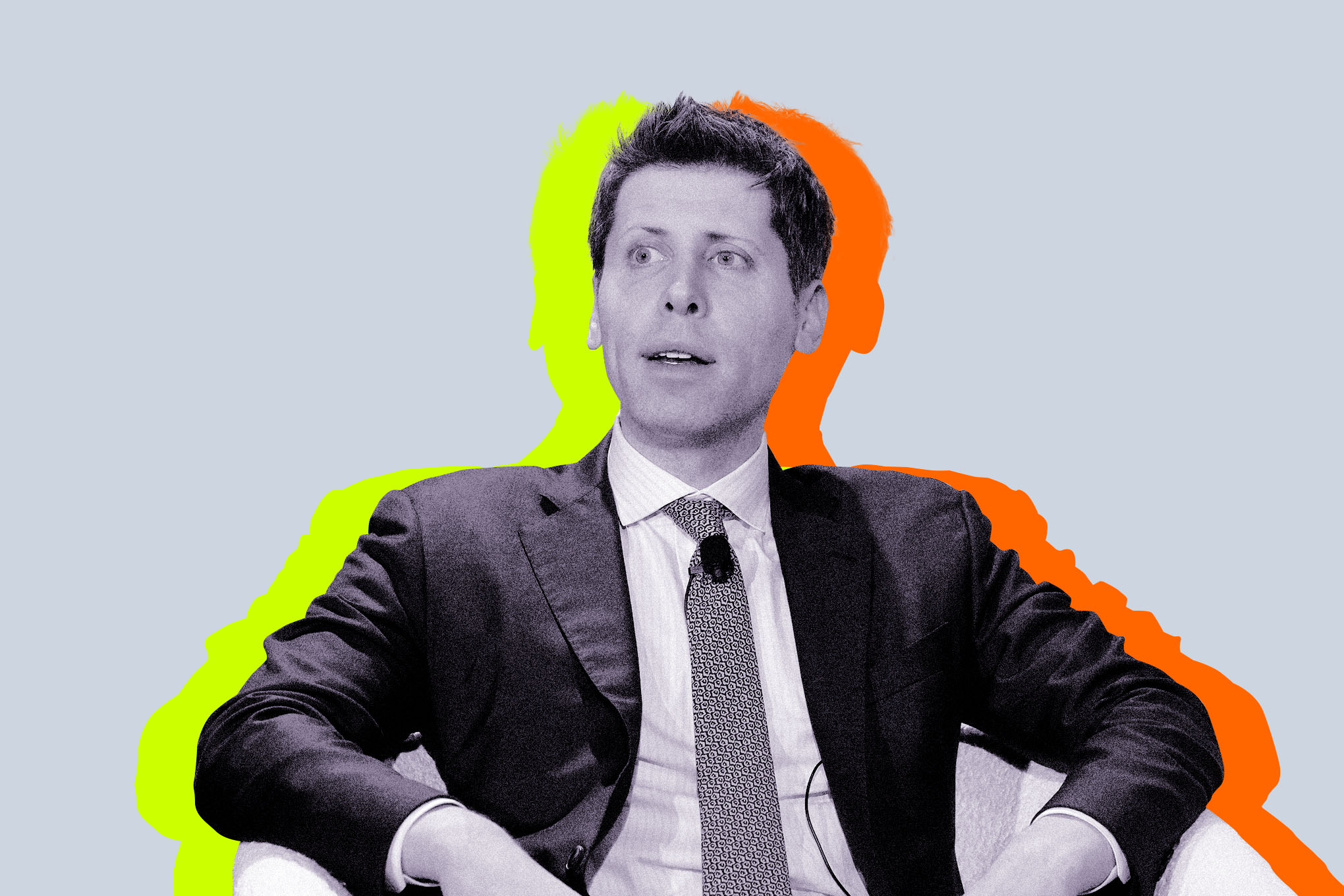OpenAI CEO Sam Altman recently announced significant changes to ChatGPT’s functionality in response to growing concerns about its potential harm to teenagers. Following a Senate hearing focusing on AI chatbot risks, including testimony from parents of children who died by suicide after interacting with chatbots, Altman acknowledged the complex ethical dilemma of balancing user privacy, freedom of expression, and the safety of young users. This delicate balancing act prompted OpenAI to implement crucial changes, prioritizing the protection of minors and mitigating the potential for harmful interactions. The announcement highlights the ongoing challenges and responsibilities faced by AI developers as their technologies become increasingly integrated into our lives.
OpenAI’s commitment to addressing these concerns is a crucial step towards responsible AI development. The company’s struggle to balance various ethical considerations underscores the nascent nature of AI safety regulations and the urgent need for ongoing dialogue and collaboration between policymakers, researchers, and developers.
The Core of the Problem: Balancing Freedom and Safety
The central challenge lies in finding a balance between providing users with a free and open experience and mitigating the risks associated with harmful content. Chatbots like ChatGPT are designed to engage in open-ended conversations, sometimes touching upon sensitive topics. While this is a feature for many users, the same functionality can be detrimental for teenagers grappling with emotional distress or vulnerability. OpenAI’s challenge is to manage this dual nature of its technology.
OpenAI’s Proposed Solution: Age Verification and Content Filtering
Altman revealed OpenAI’s strategy for safeguarding underage users. The core of the solution involves improving its age-prediction system, attempting to estimate the age of users based on their interaction patterns. This system will flag accounts suspected to belong to minors and will trigger tighter content restrictions and safety protocols. If there’s any doubt, a manual review process will be initiated to confirm a user’s age. The goal is to limit exposure to sensitive topics such as suicide and self-harm for those under 18.
Challenges and Limitations of Age Prediction
Implementing a reliable age verification system is a monumental task, fraught with technological and ethical complexities. Sophisticated techniques are required to accurately predict a user’s age based on their digital footprint, but such measures could potentially infringe on user privacy. Moreover, the system’s accuracy remains a concern, as clever users could potentially circumvent age-verification mechanisms. These challenges highlight the need for continued research and development in age-verification technologies.
The Future of AI Safety and Regulation
The situation with ChatGPT’s interaction with vulnerable teens highlights the crucial need for robust regulations and ethical guidelines governing the development and deployment of AI technologies. As these technologies advance and become more ingrained in society, careful consideration must be given to their potential impact on vulnerable populations. The ongoing discussion around AI safety and regulation is essential, involving collaboration between developers, policymakers, and ethicists to navigate the complex interplay between innovation and ethical responsibility.
In conclusion, Sam Altman’s announcement represents a significant step toward mitigating the potential harms of AI chatbots, specifically focusing on protecting teenagers from potentially harmful conversations about suicide. While OpenAI faces considerable technical and ethical challenges in implementing effective age verification and content filtering, its proactive response demonstrates a crucial commitment to responsible AI development. The ongoing discussion surrounding AI safety regulation is vital to ensure that future AI systems are developed and deployed ethically and safely, benefiting society as a whole while minimizing risks to vulnerable populations. The need for continuous innovation in AI safety measures, coupled with thoughtful regulatory frameworks, will be critical in harnessing the power of AI while protecting the most vulnerable members of society.

